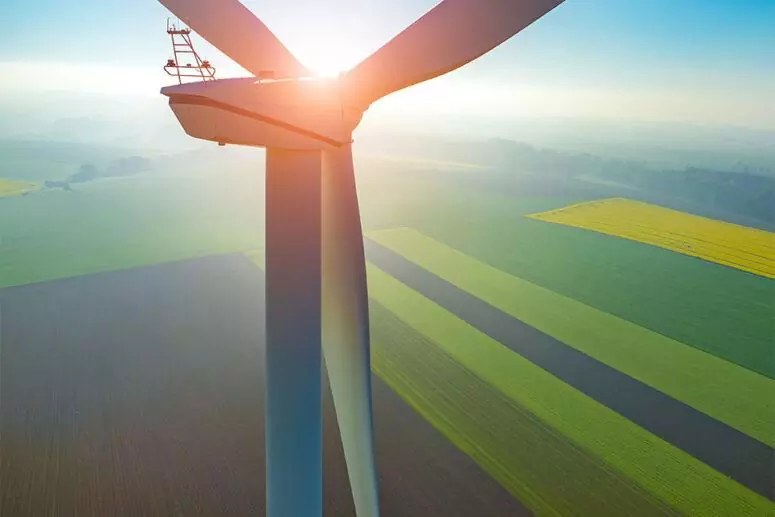Renewable energy is a vital part of our transition to a sustainable and clean future. It refers to energy sources that naturally replenish themselves and have minimal environmental impact. Unlike fossil fuels, which are finite and contribute to climate change, renewable energy offers a cleaner and more sustainable alternative. Let’s explore some of the key benefits and types of renewable energy:
Benefits of Renewable Energy
- Reduced Carbon Emissions: One of the most significant advantages of renewable energy is its ability to reduce greenhouse gas emissions. Unlike fossil fuels, renewable energy sources such as solar, wind, and hydropower do not emit carbon dioxide or other harmful pollutants during operation.
- Climate Change Mitigation: By transitioning to renewable energy, we can significantly reduce our dependence on fossil fuels, which are the primary contributors to climate change. Renewable energy helps mitigate the effects of global warming, decreases air pollution, and safeguards the planet for future generations.
- Energy Independence: Renewable energy sources are abundant and widely available. By harnessing these sources, countries can reduce their reliance on imported fossil fuels, promoting energy independence and enhancing national security.
- Job Creation and Economic Growth: The renewable energy sector has the potential to create numerous job opportunities and drive economic growth. Investments in renewable energy technologies, such as solar and wind farms, not only generate electricity but also stimulate local economies through job creation and infrastructure development.
Types of Renewable Energy
- Solar Energy: Solar energy harnesses the power of the sun to generate electricity. Photovoltaic (PV) panels convert sunlight into electricity, while solar thermal systems use the sun’s heat to produce hot water or generate steam for electricity generation.
- Wind Energy: Wind turbines capture the kinetic energy of the wind and convert it into electricity. As the wind blows, it spins the blades of the turbine, which drives a generator to produce clean and renewable energy.
- Hydropower: Hydropower utilises the energy of flowing or falling water to generate electricity. It is one of the oldest sources of renewable energy, with hydroelectric power plants converting the energy of moving water into electrical energy.
- Biomass Energy: Biomass energy is derived from organic matter, such as plants, wood, and agricultural waste. It can be converted into heat or electricity through processes like combustion or anaerobic digestion.
- Geothermal Energy: Geothermal energy taps into the heat stored beneath the Earth’s surface. It involves extracting steam or hot water from underground reservoirs to generate electricity or provide heating and cooling for buildings.
Conclusion
Renewable energy offers a sustainable and cleaner alternative to traditional fossil fuels. With its numerous benefits, including reduced carbon emissions, climate change mitigation, energy independence, and job creation, renewable energy is a critical component of our transition to a greener future. Through harnessing sources such as solar, wind, hydropower, biomass, and geothermal energy, we can reduce our environmental impact and pave the way for a more sustainable world.
If you’re interested in incorporating renewable energy solutions for your home or business, contact LSB Renewable Energy for expert advice and customised solutions (https://www.lsbrenewableenergy.co.uk/get-a-quote/).

